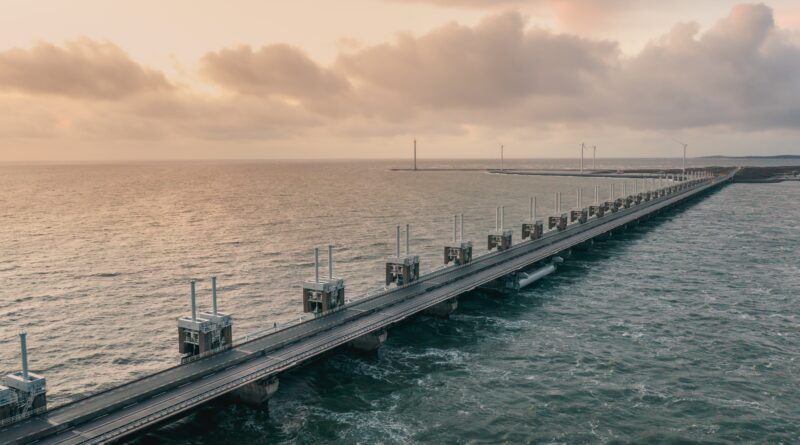Rising Sea Level Calls for Climate-Sensitive Infrastructure
Civil engineers are inclined towards designing infrastructure with climate sensitivity in mind. An essential inquiry revolves around determining the extent to which sea-level rise should be factored into the design of coastal infrastructure at present. Certain guidelines from the Federal Highway Administration offer specific numerical responses to this inquiry.
According to The American Society of Civil Engineers, long-term sea-level rise is making our coastal infrastructure more vulnerable during extreme events. Major storms approach coasts on higher sea levels, meaning the flooding, waves, and damage are somewhat greater. In 2004, the former Interstate 10 bridge in Pensacola, Florida, was severely damaged by waves riding on the storm surge of Hurricane Ivan. In the decades leading up to the storm, sea level rose enough to cause an additional 70,000 pounds of wave-induced uplift on the bridge decks that night, magnifying the damage.
So, sea-level rise has already contributed to the damage of one major U.S. bridge during an extreme event.
Sea-level rise is also causing increased flooding along coasts. It goes by a lot of names: “nuisance flooding,” “high-tide flooding,” “sunny day flooding,” “storm tide flooding,” and “king tide flooding.” As sea levels rise, these low areas will flood more frequently and deeper. This is happening in every coastal state, and civil engineers are being asked to address the problem.
The causes of global mean sea-level rise are the melting of the land-based ice sheets of Antarctica and Greenland, thermal expansion of the ocean’s waters as they warm, and to a lesser extent, several other phenomena. The rate of sea-level rise is increasing. This acceleration is found even in the longest tide gauge records around the world.
The causes of relative sea-level rise, relative to the land elevation at any location, are the global rise plus vertical land movement, including subsidence, glacial rebound, and plate tectonics. There are other, smaller components of relative sea-level rise, including long-term changes in oceanic currents and wind fields and changes in gravitational fields related to the melting of the ice sheets, which affect the worldwide distribution of the ocean’s waters.



